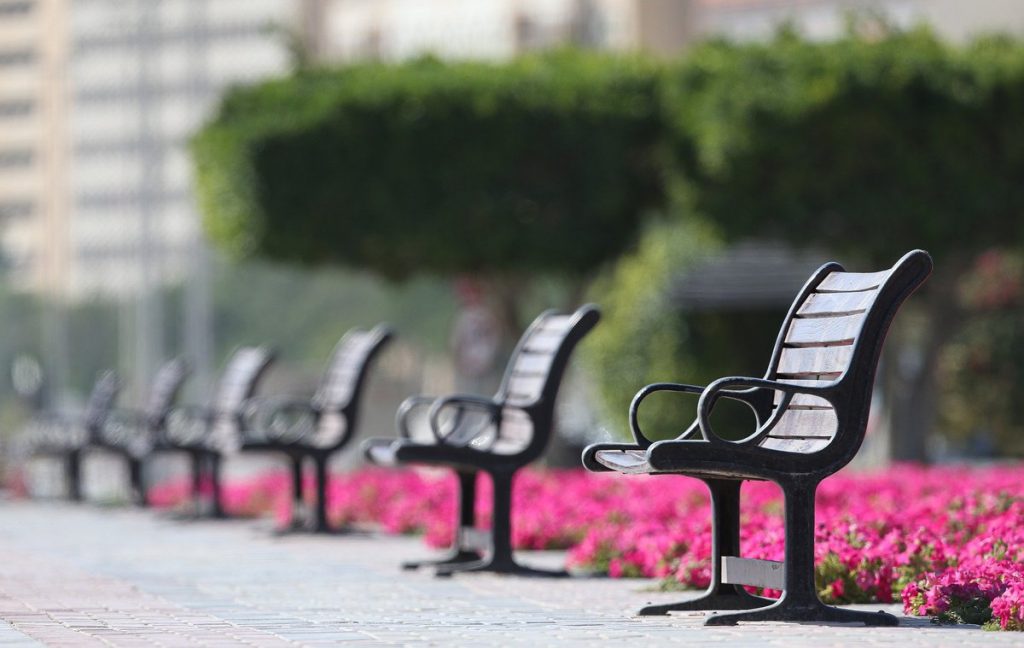Scientists: social distance may need to be until 2022
The COVID-19 pandemic reached Russia later than Europe, and the tough measures necessary to reduce the peak load on the healthcare system began to be introduced relatively recently. However, many are already tired of sitting at home, and I want to know when it will all end.
The calculations of the team of researchers from the Harvard School of Public Health (USA) are not at all encouraging. They showed that it is practically impossible to completely exterminate the virus with the help of quarantine measures, which means that after the relatively successful time spent at home and the easing of the prohibitions on idle movement, the second and third waves of morbidity, and, accordingly, the second and third waves of “forced self-isolation. ” We breathed in fresh air, walked for a month or two, maybe even a miraculously survived favorite restaurant or burger ran, and again for a couple of months home. And all this tyagomotin, quite possibly, will continue until 2022.

In the course of their work, the specialists used data on the behavior of two other coronaviruses, HKU1 and OC43, to predict how SARS-CoV-2 will behave. They also took into account how the climate and time of the year affect the spread of infection. Calculations showed that after the abolition of strict quarantine measures in the fall and winter, repeated outbreaks of the disease are extremely likely, which will be comparable in scale to those that are happening now.
In order to avoid repeated waves, collective immunity is necessary, and it can be developed either by vaccination, or by allowing the majority of the population to get sick. Since we still have a year and a half to wait for the vaccine, the only scenario that allows us to avoid deaths due to overloaded hospitals and a lack of ventilation machines is a constant alternation of relaxation / tightening of social distance measures.
The authors also consider it possible to accelerate the development of collective immunity by increasing the purchase of mechanical ventilation devices. This will increase the number of places in intensive care and extend the periods of relaxation of quarantine restrictions. As a result, the majority of the population will get an infection faster, but the healthcare system will not be overloaded, and all those who can be saved by ventilation will survive. However, in this case, you will periodically “enjoy” the home regime until the middle of 2021.
The authors make a reservation that they perfectly understand how hard social distancing (even if it is intermittent) is detrimental to the economy, both world and individual countries. The purpose of their modeling is not to endorse periodic measures of social distance, but to identify possible scenarios for a pandemic.










